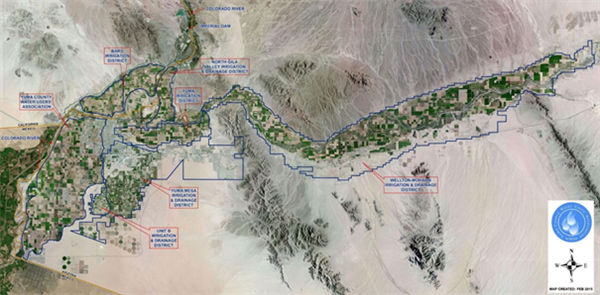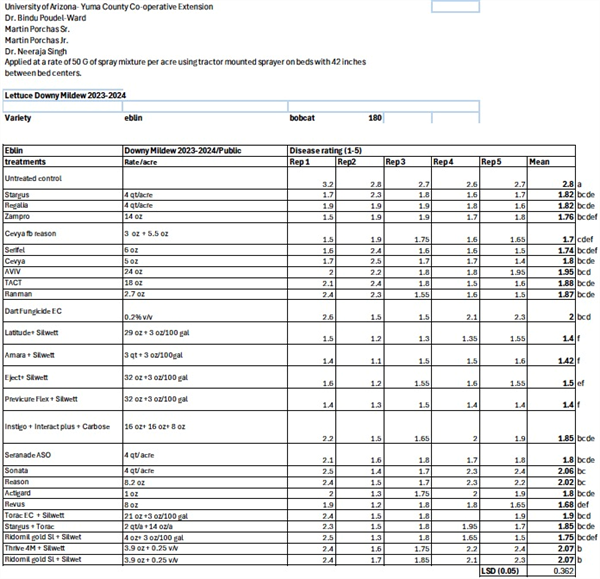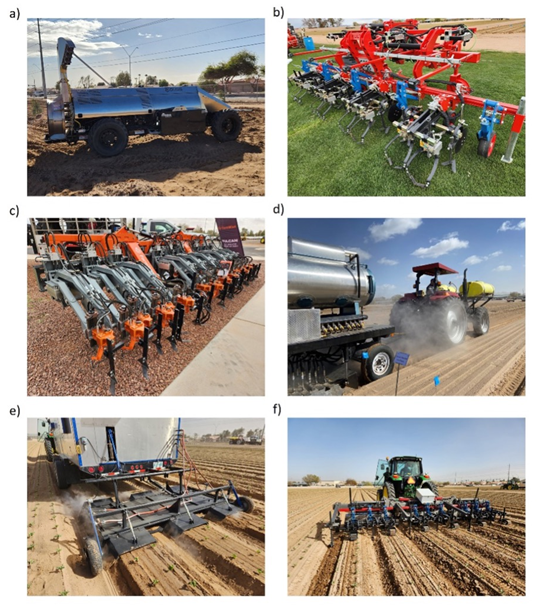Oct 4, 2017
Diamondback Moth in the Desert – Status and Update
Diamondback moth (DBM) continues to appear in traps and fields throughout the desert. Pheromone traps indicate that moth activity increased in the past week or so in Tacna/ Roll, Dome Valley, Yuma Valley and Bard/Winterhaven (
See DBM Trap Network). One trap in Roll adjacent to a direct seeded broccoli field had > 15 moths / trap/ night over the past week, while a trap in Bard next to a newly-transplanted cauliflower field had almost 21 moths / trap / night. To me these are high numbers and suggest significant DBM population development. However, in most cases, DBM larvae are absent, or present in very low numbers in fields, and to date no PCAs have reported difficulty controlling DBM. On the Yuma Ag Center (YAC) , we have a very robust DBM population in our direct seeded broccoli. In fact, the DBM numbers are higher than cabbage looper and beet armyworm combined. I have never seen DBM this abundant during September /October. In the last update we pointed out that DBM could be found mining small seedling broccoli plants. Now that those plants are getting larger, we have noticed that small DBM larvae (2nd instar) can often be found feeding within the terminal leaves of the plants. It’s important to sample this part of the plant as one can easily miss DBM infestations if you fail to look closely within the plant terminal (see image below). The good news (at least for an extension entomologist) is that these high populations are allowing us to conduct field trials that we normally would not be able to this time of the year. Our results to date are showing some very surprising, but encouraging results. Tray drench and soil shank applications of Verimark and Coragen are showing > 35 days of control on cauliflower and broccoli. In our foliar spray trial, all of the spray treatments provided significantly better control of DBM larvae compared to the untreated check following 2 spray applications (see
Efficacy of Foliar Insecticides Against Diamondback Moth - Fall 2017). This is interesting because the pyrethroids, Lannate and Coragen did not control DBM in similar spray trials conducted in spring 2017. The fact that the DBM in the present study were susceptible to these insecticides strongly suggests that the population presently found on the Yuma Ag Center is different than the population found on the farm in spring of 2017. The resistant population last spring originated from a local nursery, whereas we are not certain where the current susceptible population originated from.
Note: these results are specific to the population at YAC, and may or may not reflect similar susceptibility for other DBM populations found in the desert. However, it will be important to measure insecticide susceptibility in as many populations in the Yuma area as possible. Thus, if you have DBM present in any of your fields, please contact us and we can collect larvae before you treat.
In response to the recent outbreaks of Diamondback moth (DBM) , Plutella xylostella in Yuma, we have established a pheromone trap network designed to monitor the activity and movement of adult populations of DBM. PCAs have had difficulty controlling DBM in cabbage, broccoli and cauliflower since October. Traps have been placed in Roll, Wellton, Dome Valley, Gila Valley and Yuma Valley in locations where cole crops are presently being grown or in areas where infestations were known to occur this fall.
To contact John Palumbo go to:
jpalumbo@ag.Arizona.edu

 In response to the recent outbreaks of Diamondback moth (DBM) , Plutella xylostella in Yuma, we have established a pheromone trap network designed to monitor the activity and movement of adult populations of DBM. PCAs have had difficulty controlling DBM in cabbage, broccoli and cauliflower since October. Traps have been placed in Roll, Wellton, Dome Valley, Gila Valley and Yuma Valley in locations where cole crops are presently being grown or in areas where infestations were known to occur this fall.
In response to the recent outbreaks of Diamondback moth (DBM) , Plutella xylostella in Yuma, we have established a pheromone trap network designed to monitor the activity and movement of adult populations of DBM. PCAs have had difficulty controlling DBM in cabbage, broccoli and cauliflower since October. Traps have been placed in Roll, Wellton, Dome Valley, Gila Valley and Yuma Valley in locations where cole crops are presently being grown or in areas where infestations were known to occur this fall. To contact John Palumbo go to: jpalumbo@ag.Arizona.edu
To contact John Palumbo go to: jpalumbo@ag.Arizona.edu












